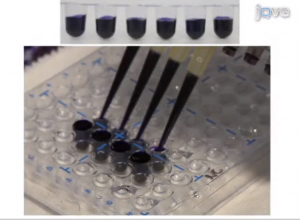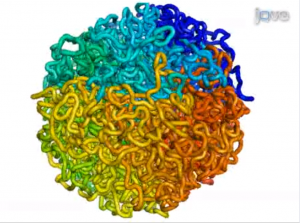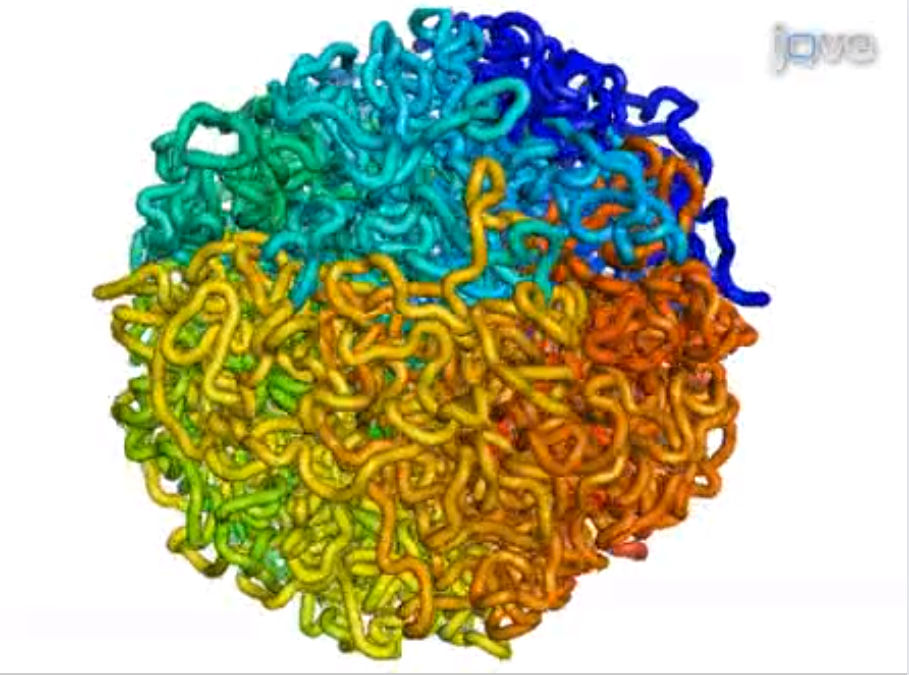In this blog, we’ll highlight the most cited and viewed JoVE articles, and derive some lessons for future authors who’d like their video articles to be widely used by other researchers.

George A. O’Toole
Microbiology and Immunology, Geisel School of Medicine at Dartmouth
477 citations, 42,137 views
The early 2010s were a time when scientists were coming to fully appreciate the importance of biofilm formation on the pathogenicity and antibiotic susceptibility of microorganisms. This JoVE article, from George O’Toole at Dartmouth’s Geisel School of Medicine, provided a much-needed standard protocol for measuring the formation of biofilms in vitro. It is a relatively efficient, high-throughput, and reliable technique, and can be used to study the early stages of biofilm formation in a variety of bacteria and fungi.
The article has 477 citations, making it the most-cited video article of all time.
Dr. O’Toole attributes the widespread use of the video mainly to timing – “I would say, right place and the right time. The biofilm field was just blowing up, and I was getting asked to send the protocol and answer questions about the assay, almost weekly, it seemed. I thought a JoVE article would be a great way to answer those questions.”
Determining the most-viewed article in JoVE is more complicated than determining the most-cited. Record-keeping began in late 2011, several years after JoVE’s launch, and does not include visits to the video outside of JoVE’s website (e.g. in PubMed Central).
However, it appears that “Hi-C: A Method to Study the Three-dimensional Architecture of Genomes,” with more than 200,000 recorded views, is the most-viewed video article excluding gold-standard protocols for classic techniques (for example, gel electrophoresis, 330,000 views, published in 2012).

Nynke L. van Berkum*, Erez Lieberman-Aiden*, Louise Williams*, Maxim Imakaev, Andreas Gnirke, Leonid A. Mirny, Job Dekker, Eric S. Lander
MIT, Harvard, UMass Medical School, and the Broad Institute
200,236 views, 131 citations
Hi-C was a significant advance in the methodology available for mapping the 3d structure of genetic material. Compared to predecessor 3C (chromosome conformation capture) technologies, it enabled unbiased, genome-wide mapping of chromatin interactions. The JoVE video was published shortly after the initial report of Hi-C in 2009, so the video tutorial was available as a resource for scientists looking to implement this new methodology in their own research.
According to Dr. Erez Lieberman Aiden, co-author and the inventor of Hi-C, a lot of the article’s success has to do with the fact that it documents a challenging protocol which would be relatively difficult to learn from text alone. “I think the Hi-C protocol, early on, was pretty notorious for being difficult and finicky. I’m glad we put the time in to make something that really documented how to do Hi-C because having a video available helped people immensely and I think really accelerated the field.”
What do these exceptionally popular video articles have in common, and do they provide any lessons that might guide future JoVE authors who want their publications to reach the widest possible audience?
Superficially these articles are not too similar. They are in very different fields of research, and the length and complexity of the protocol doesn’t seem to influence its popularity. The biofilm formation assay is simple, with an article just 4 minutes long, while the Hi-C protocol runs a whopping 22 minutes. However, both are accessible to a wide audience, in that the resources necessary to complete the protocol are not out of reach to the typical scientist working in their field. Also, both document widely-applicable techniques that helped answer important questions in quickly-growing areas of scientific inquiry.
The size and ‘hotness’ of a field are not factors under the author’s control, but there are some practical steps that authors can take to maximize their article’s impact.
- Publish a video article as soon as possible after the development of the method. Timing is important – scientists are most likely to adopt methods from a video article when they are first implementing a new technique.
- Don’t shy away from self-promotion. Having your protocol visible in published work or presentations is a good way to make people aware of it. Dr. O’Toole suggests that authors can “… mention them in talks, and cite them in their own work.”
- Share your own copy of the video. Authors of the Hi-C article posted a copy of the video on their own lab website, and the author of the biofilm formation assay made a practice of sending a link of the article to people who contacted him inquiring about the assay.



